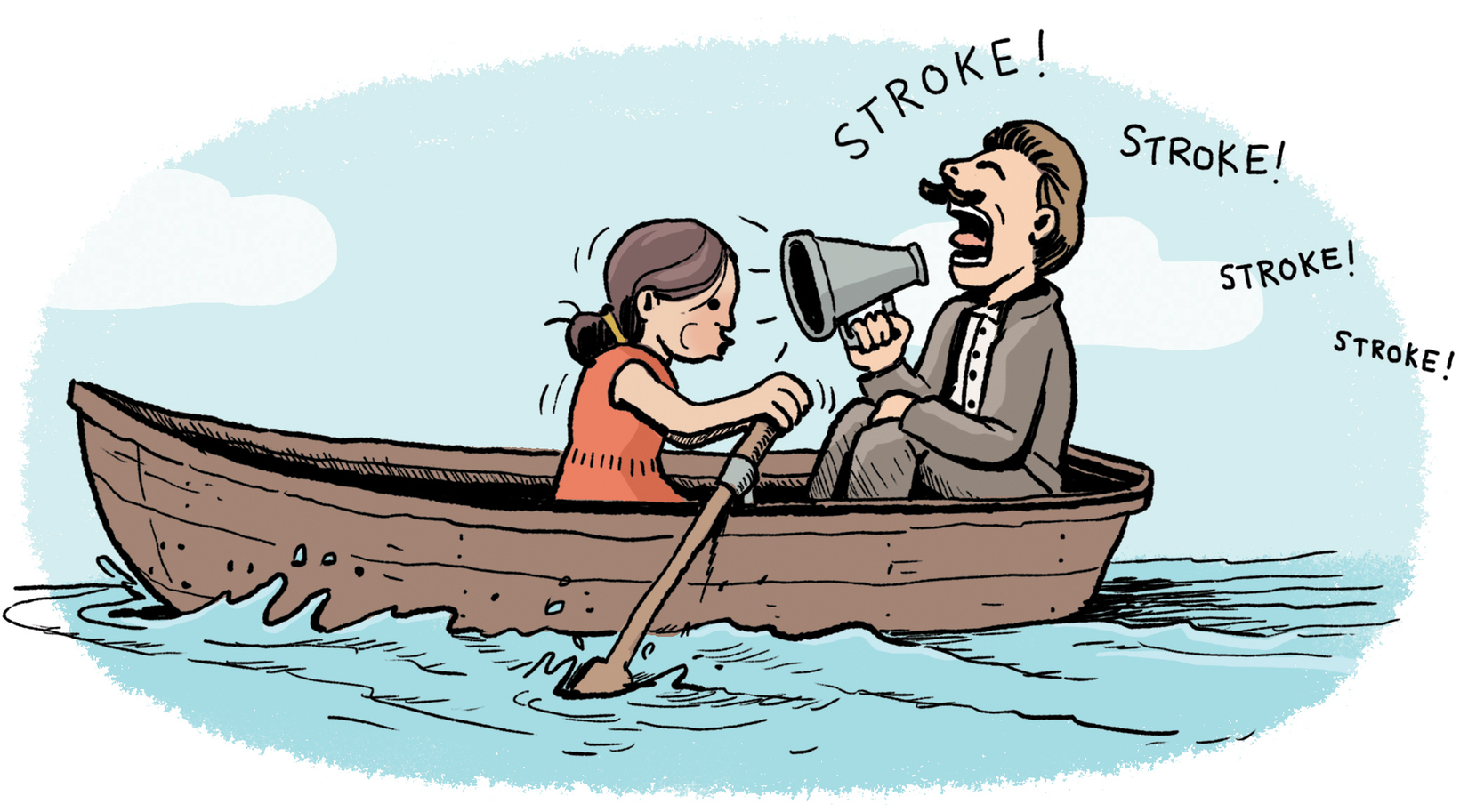

Frida Kahlo and her father had a lot in common. They both loved nature and the outdoors. They had the same dark eyes. They shared an interest in the art and archaeology of Mexico, the country they called home. But one thing above all else bonded them together: each had triumphed over a serious childhood illness.
Guillermo Kahlo had immigrated to Mexico from Germany as a young man. When he was boy, he had suffered an accident that damaged his brain, leaving him prone to epileptic seizures for the rest of his life. When she was growing up, Frida witnessed the aftermath of many of those seizures. Typically, they took place at night, just as Frida was going to bed. While her mother attended to Guillermo, Frida would lie awake wondering if her father would be okay. In the morning, he would be at the breakfast table, looking fit as a fiddle and acting as if nothing had happened.


Despite his condition, Guillermo became one of the most successful photographers in Mexico City. Frida often accompanied her father on his photography assignments. He taught her how to use a camera, how to develop photographs, and how to retouch pictures. Later, when Frida became a successful artist, she liked to pose the subjects of her paintings as if they were sitting in front of a camera.
Sometimes, in the middle of a shoot, Frida’s father would be gripped by a seizure. He would suddenly fall to the ground and start convulsing. Luckily, Frida had learned what to do in these situations. She placed a cloth soaked in an anesthetic over his mouth and made him breathe into it until the seizure passed. In the meantime, she would watch over his equipment so that no one could steal it. After a few minutes, her father would recover and be back on his feet.


When Frida was six, she developed a serious medical condition. It began one day when she felt a horrible pain shooting down her right leg. A doctor diagnosed her with polio, a disease that causes the muscles in a person’s legs to atrophy, or waste away. Today polio can be prevented with a vaccine, but in those days, there was no cure.
Frida spent the next nine months in bed; her doctors feared she might never walk again. But there was one person who knew better, one person who understood what it was like to live with a disability and not give up.
When Frida finally got out of her sickbed, she limped badly. Her right leg and foot had withered because of the disease. But Guillermo Kahlo had hope. He began nagging Frida to take up sports, something that was frowned upon for girls in Mexico at that time.


Inspired by her father’s example, Frida began an epic athletic regimen. She played soccer, boxed, skated, took up wrestling, and became a champion swimmer. She rode her bicycle, climbed trees, and rowed a boat on the lakes of Chapultepec Park in Mexico City. Everywhere Frida went, her father was right by her side encouraging and helping her exercise.


But Guillermo did not stop there. He had a plan to exercise Frida’s brain as well as her muscles. He gave her books from his own library. He took her down by the river to collect stones, insects, and unusual plants, which they brought home and examined together under a microscope. Most important, he presented his daughter with her first set of paints. Then, on Sundays, father and daughter would head out to the park to create watercolors together.


Frida emerged from her recovery period stronger both mentally and physically. But she would never be the same as before. Despite all her efforts, her right leg remained much thinner than the left. To disguise her disability, she began wearing boys’ pants. Sometimes she put on three or four socks over her right calf. To balance out her uneven height, she wore a shoe with an extra-high heel.
While most of Frida’s friends admired her dedication to persevering through her illness, some children made fun of her. At school, they called her “Frida, pata de palo” (Frida peg leg). Others singled her out for her tomboyish clothes. Sometimes when she went whizzing by on her bike, one of the other kids’ mothers would shout in Spanish, “What an ugly girl!”
But Frida never let her injured leg keep her from doing what she wanted. “Feet?” she’d respond to anyone who teased her. “Why do I need them if I have wings to fly?” Just like her father, she had come to understand the importance of pressing on no matter what obstacles were placed in her path.
Frida had many more barriers to overcome before she became a world-renowned artist. When she was eighteen, she was in a terrible bus accident that left her with several broken bones. She spent three months in the hospital. During her convalescence, she began making the self-portraits for which she would one day be known worldwide.


“I paint myself because I am so often alone and because I am the subject I know best,” she said later in life. All told, Frida would paint more than fifty such images, as well as numerous portraits of friends and family members.
Guillermo Kahlo died of a heart attack in 1941, when Frida was thirty-four years old and already finding success as an artist. After his death, Frida wrote in her diary: “My childhood was marvelous because, although my father was a sick man, he was an immense example to me of tenderness, of work and, above all, of understanding for my problems.”
Shortly before she died, Frida painted one final portrait of her father. The inscription below the image reads: “I painted my father…artist-photographer by profession, in character generous, intelligent and fine, valiant because he suffered for sixty years with epilepsy, but he never stopped working.” She signed the painting “With adoration, his daughter, Frida Kahlo.”

